Category: One Hell of a Good Fight
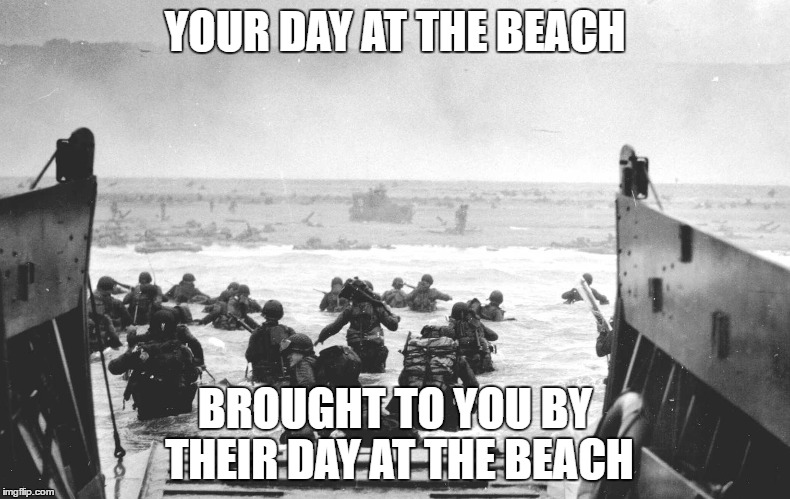
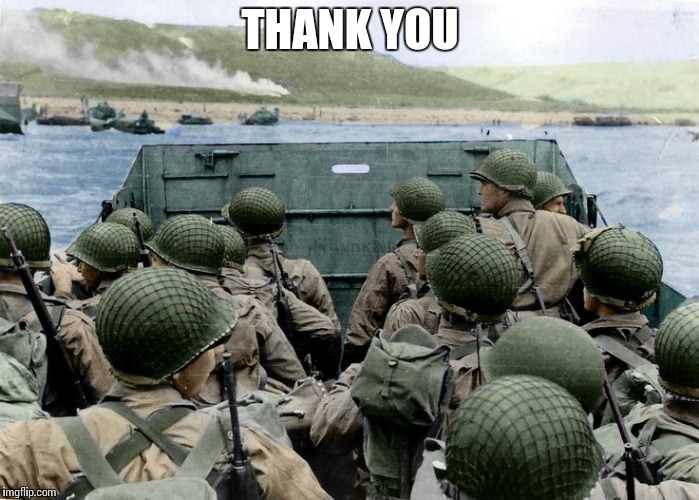


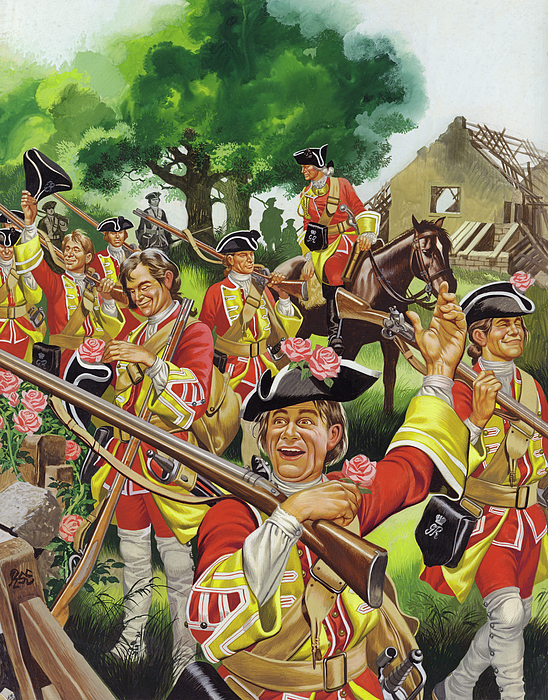 This why the Regiments that fought at Minden wear roses on their hats on Miden Day Grumpy
This why the Regiments that fought at Minden wear roses on their hats on Miden Day Grumpy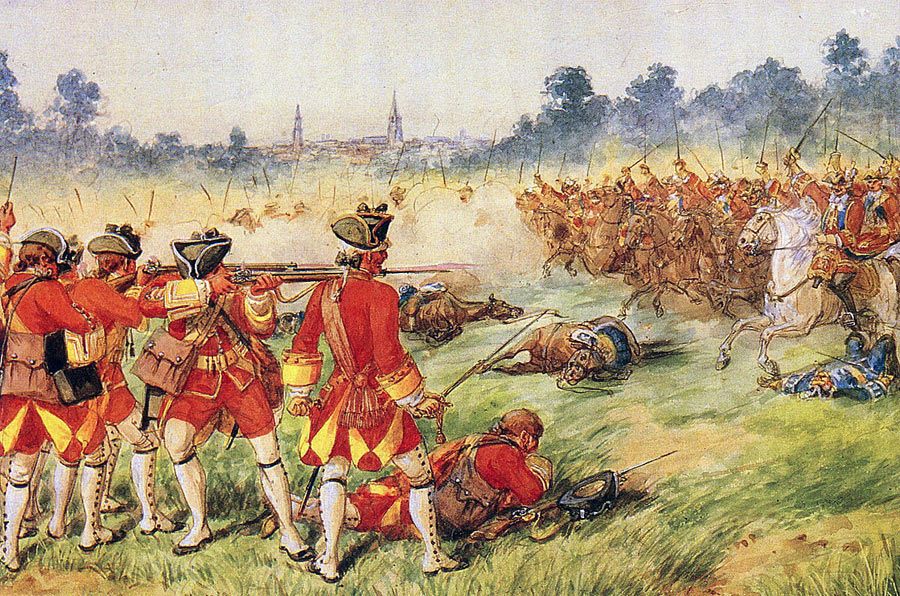
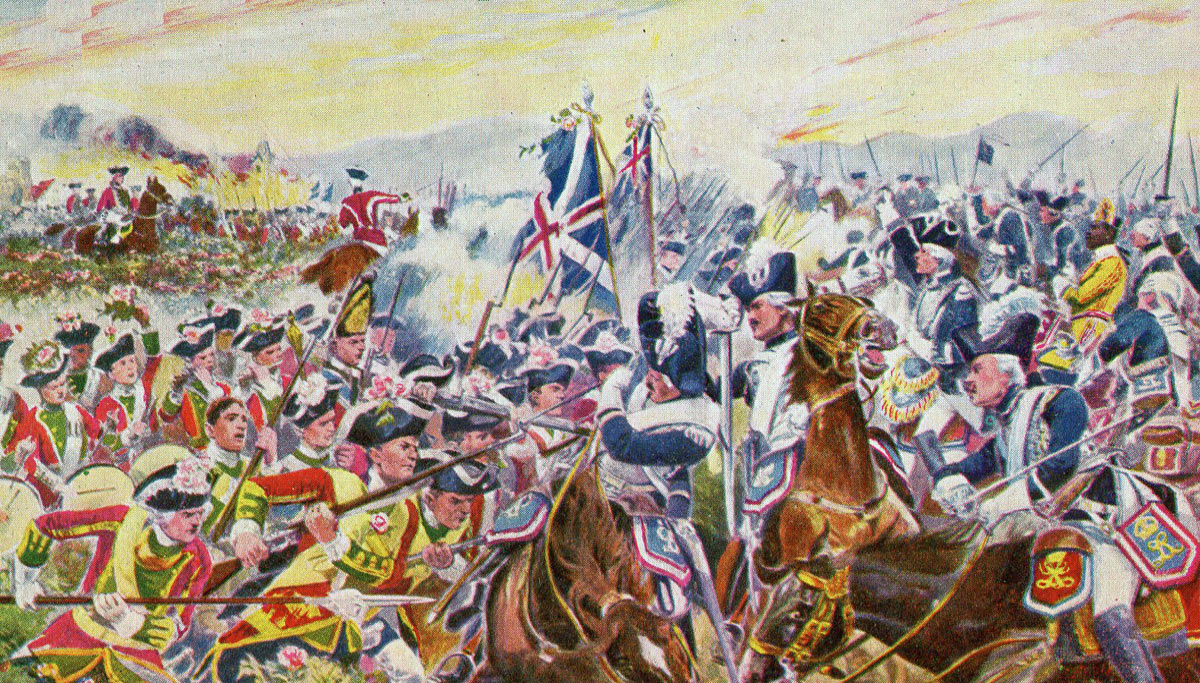

Nothing like being up 5 miles in the air, exposed to extreme cold and having one of the best air forces in the world trying to kill you. Now Ladies & Gentlemen this is what I call REAL MEN at work!!!!! Grumpy
Categories